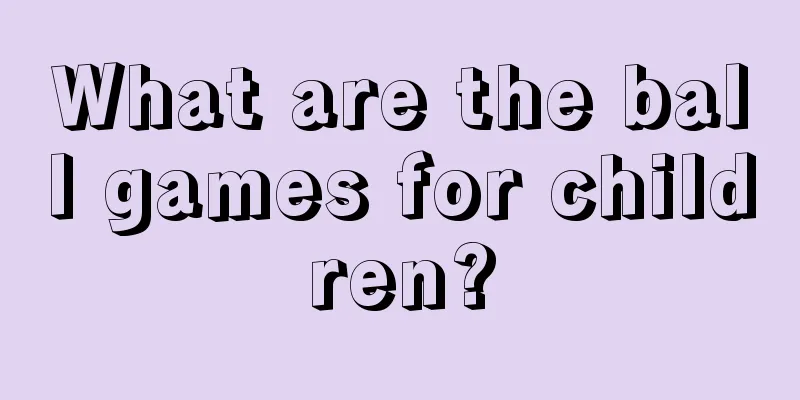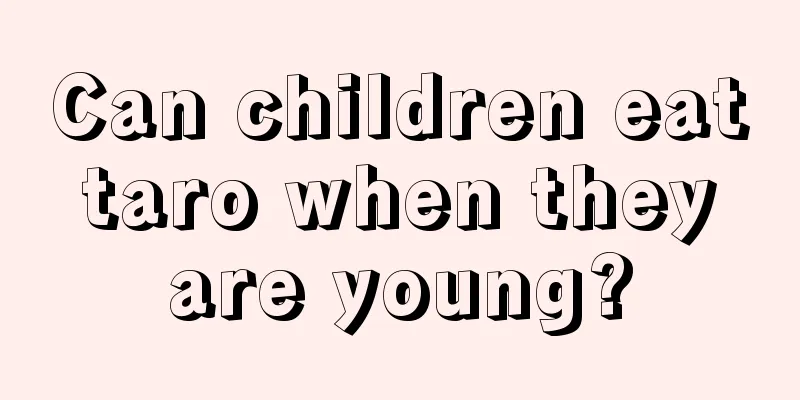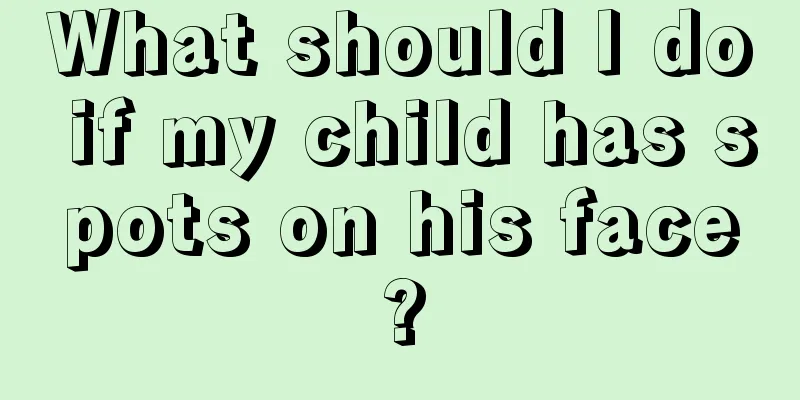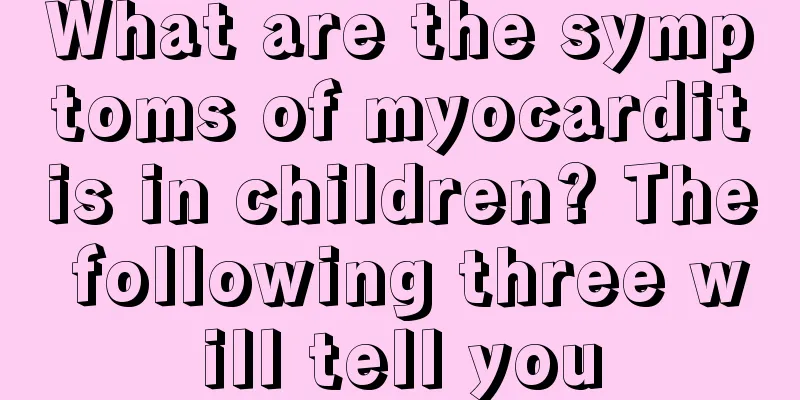What medicine should be used for baby folliculitis

|
People of any age are very likely to develop symptoms of folliculitis as long as the pores on the skin surface are clogged with oil or infected with bacteria. Folliculitis in adults mainly occurs in areas with vigorous hair growth, while folliculitis in children often occurs in the head area. At the same time, the physical health of the child is what parents are most concerned about. So what medicine should be used to treat a baby who is found to have folliculitis? In fact, the pathogens that cause folliculitis are mainly Staphylococcus aureus, occasionally Staphylococcus epidermidis, Streptococcus, Pseudomonas and Escherichia coli. Injuries caused by hair pulling, friction, scratching, skin immersion, local honey sealing bandages and the use of corticosteroids are the triggers of folliculitis. In addition, low immune function, poor skin hygiene, and scratching can all be the cause of folliculitis. Non-purulent cases are mostly related to certain treatment factors. For example, people who frequently come into contact with tar substances or use tar, corticosteroids, immunosuppressants and other drugs for a long time are prone to folliculitis. The rash of folliculitis initially occurs at the opening of the hair follicles, with small red follicular papules ranging in size from a needle tip to a mung bean, which are itchy. A small yellow-white pus head forms on the top of the papule, surrounded by an inflammatory red halo, with a hair follicle running through the center. There are many papules, which are scattered and do not fuse with each other. There is mild pain and obvious itching, but generally no systemic symptoms. After several days, the pus head ruptures, discharges a small amount of pus and gradually heals. If the disease recurs and lasts for several weeks, it may turn into chronic folliculitis. Folliculitis often occurs in hairy areas, such as the scalp, perineum, axillae, perianal area, and extensor side of the limbs. The rash is likely to occur secondary to seborrheic dermatitis, neurodermatitis, pruritus, and other diseases. After understanding the causes and symptoms, here are some treatment methods: The first thing to do in treating folliculitis is to keep the skin clean and hygienic, while avoiding irritation such as scratching. Especially the head, because it has a lot of hair, abundant sebaceous glands and sweat glands, and more excretions, so it should be kept clean and hygienic. Patients should try to eat less irritating food and animal fat, and maintain bowel movements every day. If you are a diabetic patient, you should seek timely treatment to prevent the onset of folliculitis. The drug treatment of folliculitis mainly includes three aspects: 1. Systemic therapy: When the skin lesions are extensive and there are obvious pus heads, broad-spectrum antibiotics should be given. If conditions permit, pus fluid can be sent for culture and drug sensitivity test, which will provide important guidance for selecting more effective drugs. 2. Immunotherapy: Patients with chronic recurrent attacks can be injected with furunculosis vaccine, subcutaneously once a week. The initial dose is 0.5 ml, the second dose is 1 ml, the third dose is 1.5 ml, and each subsequent dose is 2 ml. Generally, there are no adverse reactions after injection. If you experience fever or other discomfort, do not increase the dose. If necessary, reduce the dose or stop using the product. 3. Local therapy: When skin lesions occur, avoid washing the affected area with water and avoid scratching. The hair in the affected area should be cut short. Bactericidal and antipruritic drugs such as hair lotion can be applied locally. Patients with exudation can apply 0.1% rivanol solution wet compress 3-4 times a day for 20 minutes each time. After the inflammation is relieved, 2% chloramphenicol emulsion, 0.5% neomycin ointment and 3% iodine tincture can be applied externally. The reason for folliculitis on the baby's head is infection caused by sensitive bacteria or damage to the hair follicles. There are many ways to treat folliculitis, but it is best to use medication under the guidance of a doctor to treat baby's folliculitis. |
<<: Will the first and second molars change?
>>: What is the cause of the baby sticking out his tongue?
Recommend
The child has intermittent forehead pain
Although parents are very careful in taking care ...
How to relieve children’s poor appetite?
If a child has a poor appetite, he will eat less,...
How to treat hydronephrosis in children
Hydronephrosis in children is quite harmful, so i...
What are the symptoms of intellectual disability in a 2-year-old baby?
Generally speaking, when babies reach the age of ...
Psychological problems of children of divorce
The psychological problem of divorced children is...
What to do if your child has severe picky eating
Each of us has our own favorite tastes and also o...
What causes cramps in children? These 6 reasons are the most common
When a child has symptoms of convulsions, parents...
Post-circumcision care for children
Circumcision is the most common male surgery. The...
Why can't children eat pigeons?
In fact, in winter, we like to drink pigeon soup ...
What to do if your newborn can't defecate
How fragile a newborn baby is, that tiny little l...
What are some ways to repel mosquitoes for babies in summer?
Summer is here. Many people like summer, especial...
What causes high TSH in newborns?
Neonatal tsh refers to the thyroid function statu...
How many times a day is normal for a baby to poop during the confinement period
Generally, babies will have full stomachs after o...
What is the reason why the baby wakes up crying during sleep?
For babies, crying seems to be a common occurrenc...
Baby's fists tremble when he stretches
Parents are very sensitive to any changes in thei...









